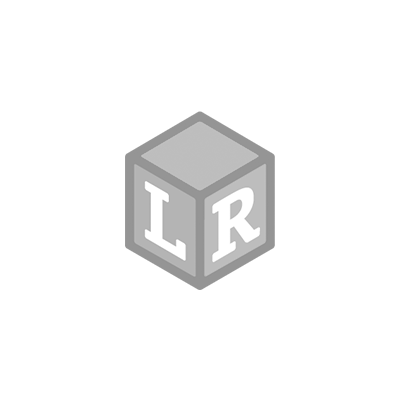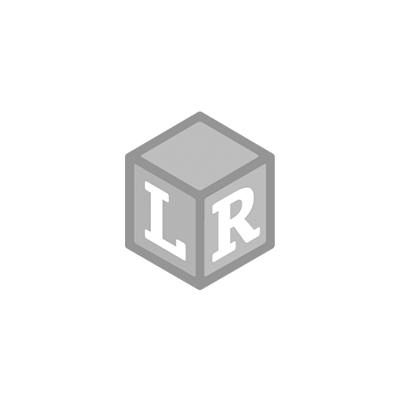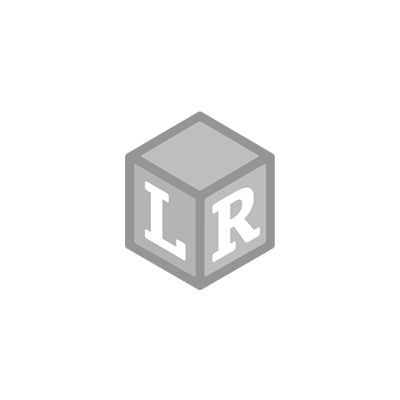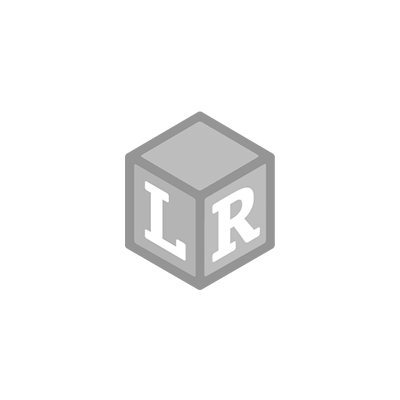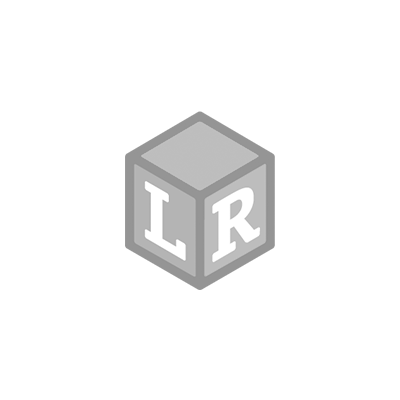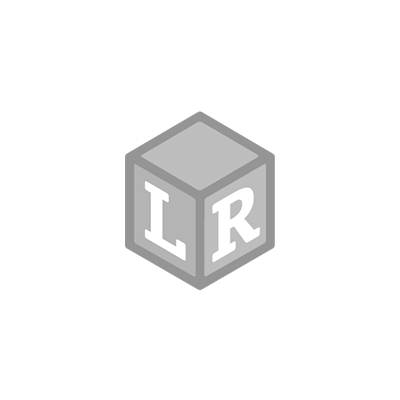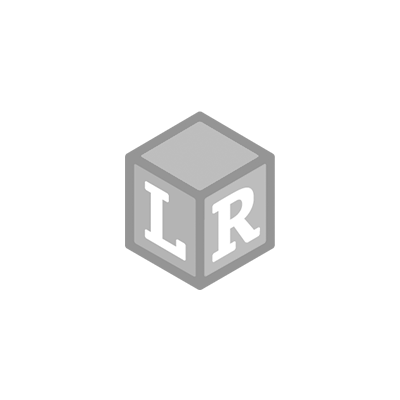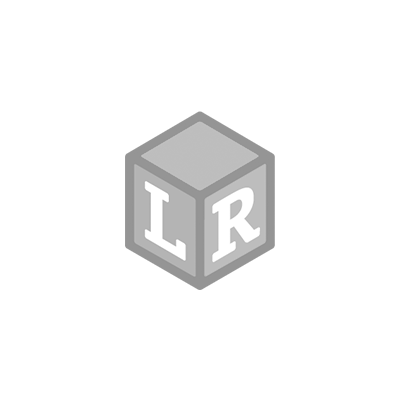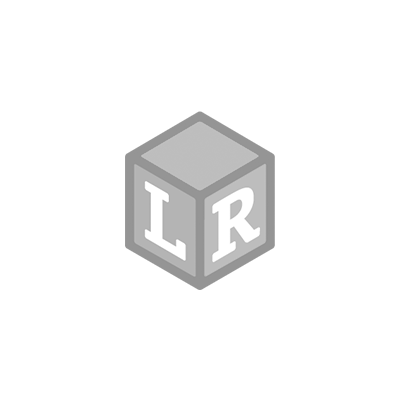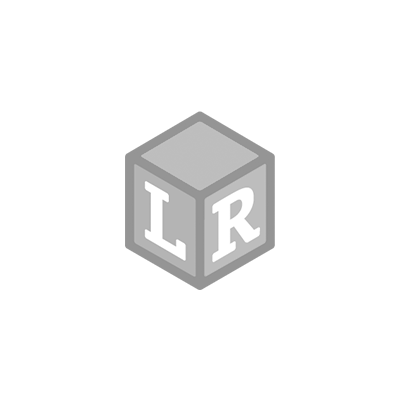
The Road to Creating the Accessible Code and Go Mouse
- Learning Resources Posted On Oct 12, 2021 | Reading
Ever since its founding on January 23, 1858, the American Printing House (APH) has shown the country – and the world – what people with vision loss can achieve by providing them with the resources they need to excel. Ken Perry, a software engineer who has worked at APH since 2008, is one of the employees who are blind or visually impaired and played a significant role in that.
Ken Perry has been working in Access Technology for 29 years and has been coding even longer! Perry began coding in 7th grade when he received his first computer for his birthday, a Commodore Vic-20. Perry remembers, “back then, you learned to code by reading computer magazines and copying code into very simple computers that, in some cases, could not even save what you typed.” Perry continued coding throughout high school but knew he wanted a career doing electronics in the Air Force.
Perry joined the Air Force right out of high school, following his father’s footsteps as a Wideband Telecommunications Electronics Tech. Fate redirected Perry’s steps into retirement due to an injury that left him blind. With Perry’s newfound vision of life, he returned to college and earned a bachelor’s in software engineering. During college and afterward, Perry worked as a self-employed programmer on an online game server, a volunteer facilitator for the Victoria Accessible technology user group, an instructor of Microsoft Office at the Reger group, and an accessible technology consultant for the Salt Lake Community College, as well as for the Victoria Disability Resource Center.
“Through college and work experience, I have become an accomplished programmer in many programming languages and consider myself a successful master of my craft.”
When Perry first lost his sight, the military put him through a rehab program. One of the first things they gave him was a 4-track tape recorder from the APH. “It is important to note that I was a young military man, and many of the devices made for the blind at that time resembled Toys R Us toys. Not something a military guy would take to a college class.”
During Perry’s time in college, he used a screen reader called ASAP. The programmer of that screen reader was Larry Skutchan. Over the years, the ASAP program has gone out of date as it was an MSDos screen reader. Perry never forgot, though, how much that application made everything accessible during his college days.
In 2008, when Perry was looking for a job, he saw that Larry Skutchan was working as the Director of Technology and Product Research at APH. “I thought it would be great to work for the person that gave me the ability to use the software in college and the company that made products and services for the blind. I applied immediately, and after some back and forth, as they say, the rest is history.”
For almost 13 years, Perry has worked at APH. He has combined his electronics knowledge with software skills to lead multiple software and hardware development projects, including accessible Snap Circuits sets, accessible coding learning tools, Graphite (Tactile display), Orbit Reader 20 (Braille display), Orion TI-84 Plus Talking Graphing Calculator (the first handheld Graphing calculator for the blind), the Orion TI-30XS Multiview Talking Scientific Calculator, the Braille Plus 18 (the world’s first accessible Android smartphone/tablet with an integrated braille display and keyboard), and much more.
In his free time, Perry volunteers as a programming tutor online for blind students looking for help. “For 26 years, I have run an online game called Valhalla, which is now open source. And I get involved in as many Open-Source projects as I can to help with accessibility.”
Using the Code & Go Mouse to Instill a love of coding in young learners
“Many tools to teach new young learners programming have accessibility problems. Some have LCD screens that show choices, mats that are colored as part of the programming tasks, cartoon books, etc. All these things are good, but without different ways to interface with the learning tool, blind and low vision learners and those with other disabilities find their choices in learning toys lacking.”
To improve the ability to allow young blind and low vision kids who desire to learn to program, APH set out to make a road for them to follow to learn coding no matter their different ability levels. With that in mind, APH staff talks with researchers, students, and learners of all ages.
Jeanette Wicker and Perry participated in the Getting in Touch with Literacy conference, where they met the Provincial Resource Centre for the Visually Impaired group from Canada. They had already created tactile graphics for the Code & Go Mouse. But, they only had a few sets because making tactile graphics is expensive. Working with what they did, Perry and his team created an exact match of the coding maps and created described versions of the maps in braille that come with Code & Go Mouse. Now, when a blind or low vision student gets their set, they have an instant ability to use the kit with or without instruction.
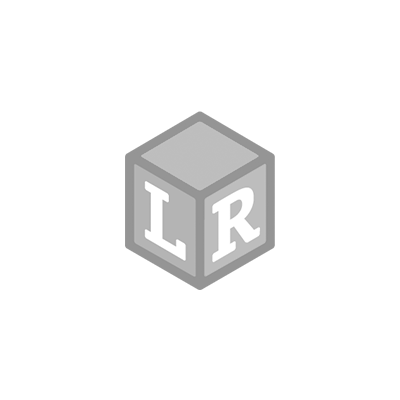
Photo Credits: APH
What are the most meaningful skills being learned with the Code & Go Mouse?
“When I joined the military, I was surprised at how many people had trouble following directions when marching to turn right and left. In some cases, drill instructors would make trainers carry a rock in their right hand to help them remember right is for rock,” says Perry.
In the same way, Perry uses Colby, the mouse, as the rock that allows teaching logical thinking, cause, effect, and spatial skills. “People with visual impairments sometimes have trouble bridging the gap between what they think will happen if they press the right button and what will happen.”
The same goes for learning in a spatial situation. There may be more than one path to an object, and every choice has pluses and minuses. The Code & Go Mouse teaches them to create a mental map of a step-by-step thought process before actually running the steps to see if what they think will happen does happen.
Programming is not all Code & Go Mouse teaches. It also improves mentally envisioning spatial problems, which enhances a young visually impaired person’s mind to help with all kinds of mobility tasks that are a daily part of their life.
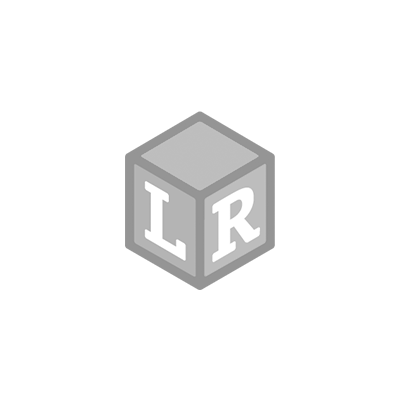
Photo Credits: APH
The journey behind making coding accessible for all ages
“I wish I could say I was the only one that saw this problem, and I convinced everyone to follow me up the mountain. Unfortunately, this is a problem that is so large, not just one person could be said to have started our movement to create a Road-to-Code for people with all kinds of differences in abilities. We get input from Teachers of the Visually Impaired (TVI) all around the world and bring them back to APH to determine if they can be used to improve the lives of our customers.”
Perry found the Code & Go Mouse kit at a conference with some of the work already done by the Provincial Resource Centre for the Visually Impaired. Their team first thought to adapt the Code & Go kit for students with visual impairments in British Columbia in response to a request from their sister program, Special Education Technology British Columbia (SET-BC). SET-BC provides assistive technology and classroom-based technology solutions to schools across the province. SET-BC asked PRCVI’s program to find a suitable alternative to some of the more visually referenced coding activity kits available commercially.
When Jeanette and Perry saw the kit in action at the conference, they knew they had to add it to their tools for young learners. They picked up the project from PRCVI and ran with it to add it to the other kits. “We hope to continue adding to our line of accessible kits by finding more kits like Code & Go Mouse that can be easily made accessible.”
Adding accessibility to commercial kits is easier than making specialized kits. This makes it so kids of all abilities can work together and shows that significant changes do not have to be made to current offerings to make them available to more people. “If we show it is possible, we hope that the companies who make the commercial sets think about small changes that could be made to make kits accessible to all learners.” Sometimes showing that things are possible advances the accessibility of many resources and opens doors that were once closed.
What does the first lesson with the Code & Go Mouse look like?
The Accessible Code & Go Mouse kit was designed to be used just like its original version. APH added tactile maps, descriptive braille for the maps, tactile stickers for the coding cards, and online documentation. So that whatever accessibility software you use, it would be accessible for young learners.
“We have seen the Code & Go Mouse used in many ways. In some cases, when the learner is younger, they just use Coby to move around on a table or a floor and learn what happens when they program directions in. More advanced learners will set up the plates using either the tactile maps or the braille descriptions, whichever the learner feels more comfortable with.”
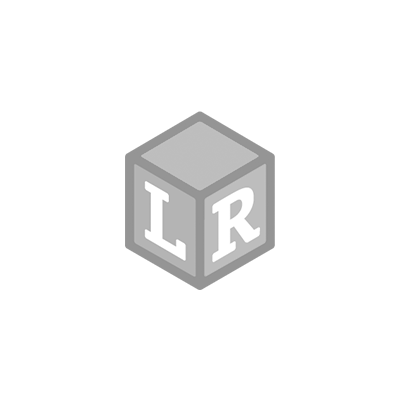
Photo Credits: APH
A little learner's journey with the Code & Go Mouse
“I personally am just one of the technical workers on this project and did not work with as many students as I would have liked. We did a field test of the product to make sure what we were doing would work for the young learners. We surveyed the Teachers of Visual Impairments (TVI) who worked with students on it.” Here are a couple of comments from them:
“I appreciate the concrete approach to teaching coding. This is an ideal product for students who struggle with the leap from concrete to abstract thinking. Especially for students who struggle with concepts of left, right, etc.” - Susan M O'Brien
“The product is inviting, and I think the technological element will appeal to many children. The concept seems fun yet educationally useful, especially for the development of critical thinking and problem-solving skills. The product seems to be a high-quality level comparable to major retail games.” - Staci Maynard, TVI.
Perry mentioned that “while working on the project, we had executive meetings. In every meeting, one of the executives got to playing with Colby and would not put him down. So, I am not sure if that is a young learning experience, but it definitely brought the youth out in them. Colby just makes learning how to make him do things fun, and adults and kids seem to love him. That alone proves that making the Code & Go Mouse kit more accessible was a perfect pick to expand on our young learners’ minds.”
Check out the APH Road to Code: https://www.aph.org/aphs-road-to-code/
Learn more about the Accessible Code and Go Mouse: https://www.aph.org/product/accessible-code-and-go-mouse/
 Shop UK Site
Shop UK Site 
